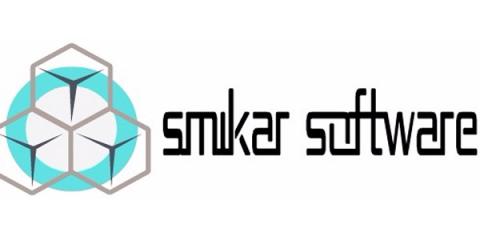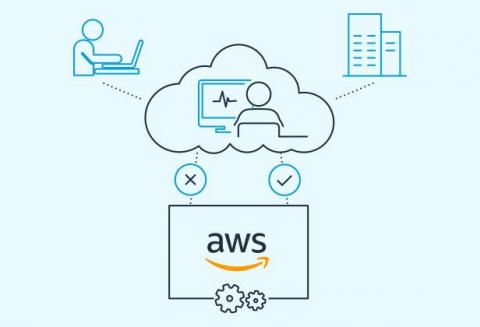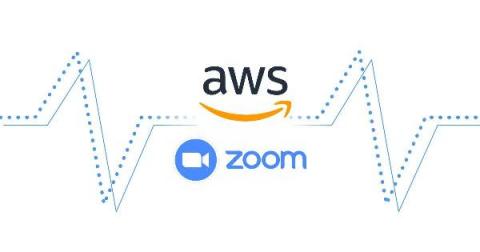Operations | Monitoring | ITSM | DevOps | Cloud
Latest News
How to see all your Azure VM Snapshots
Snapshots in Azure is a nice feature that allows you to take a read-only, “point in time” snapshot of a Virtual Machine’s disk. You can take a snapshot of a VM’s OS or data disk. You can use this snapshot to revert the VM to a point in time before an event occurred, or you installed something that didn’t go quite right.
Best Practices for Monitoring AWS & Key Metrics
Amazon Web Services is a comprehensive, well-supported cloud service that is continuously growing and evolving. As cloud technology continues to boom, enterprises all across the globe are increasingly depending on cloud service providers to manage their workloads, data, and applications.
Cloud Data Retention & Analysis: Unlocking the Power of Your Data
10 Ways to Protect Your Mission-Critical Database
As Werner Vogels says: “Everything fails all the time.” Data is the new oil. We rely on it not only to make decisions but to operate as a business in general. Data loss can lead to significant financial consequences and damaged reputation. In this article, you can find ten actionable methods to protect your most valuable resources.
Finance: Why Getting Answers From Engineering About Your AWS Bill Is So Difficult
Will Azure Blob Storage Rule the Unstructured Data Storage Space?
Troubleshooting services on Google Kubernetes Engine by example
Applications fail. Containers crash. It’s a fact of life that SRE and DevOps teams know all too well. To help navigate life’s hiccups, we’ve previously shared how to debug applications running on Google Kubernetes Engine (GKE). We’ve also updated the GKE dashboard with new easier-to-use troubleshooting flows. Today, we go one step further and show you how you can use these flows to quickly find and resolve issues in your applications and infrastructure.
How to Identify the Zoom Data Center Location on AWS Infrastructure
Zoom leverage AWS’s global infrastructure, storage, content distribution, and security to deliver its service and store information securely in AWS data centers around the world. This means that when you’re looking to monitor your Zoom performance, it’s important to know how to identify which AWS data center location your Zoom application is using. Keep reading to find out how.
Increasing limits for three key Cloud Monitoring features
Cloud Monitoring is one of the easiest ways you can gain visibility into the performance, availability, and health of your applications and infrastructure. Today, we’re excited to announce the lifting of three limits within Cloud Monitoring. First, the maximum number of projects that you can view together is now 375 (up from 100). Customers with 375 or fewer projects can view all their metrics at once, by putting all their projects within a single workspace.











